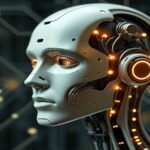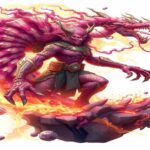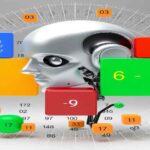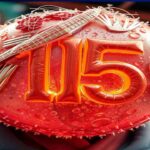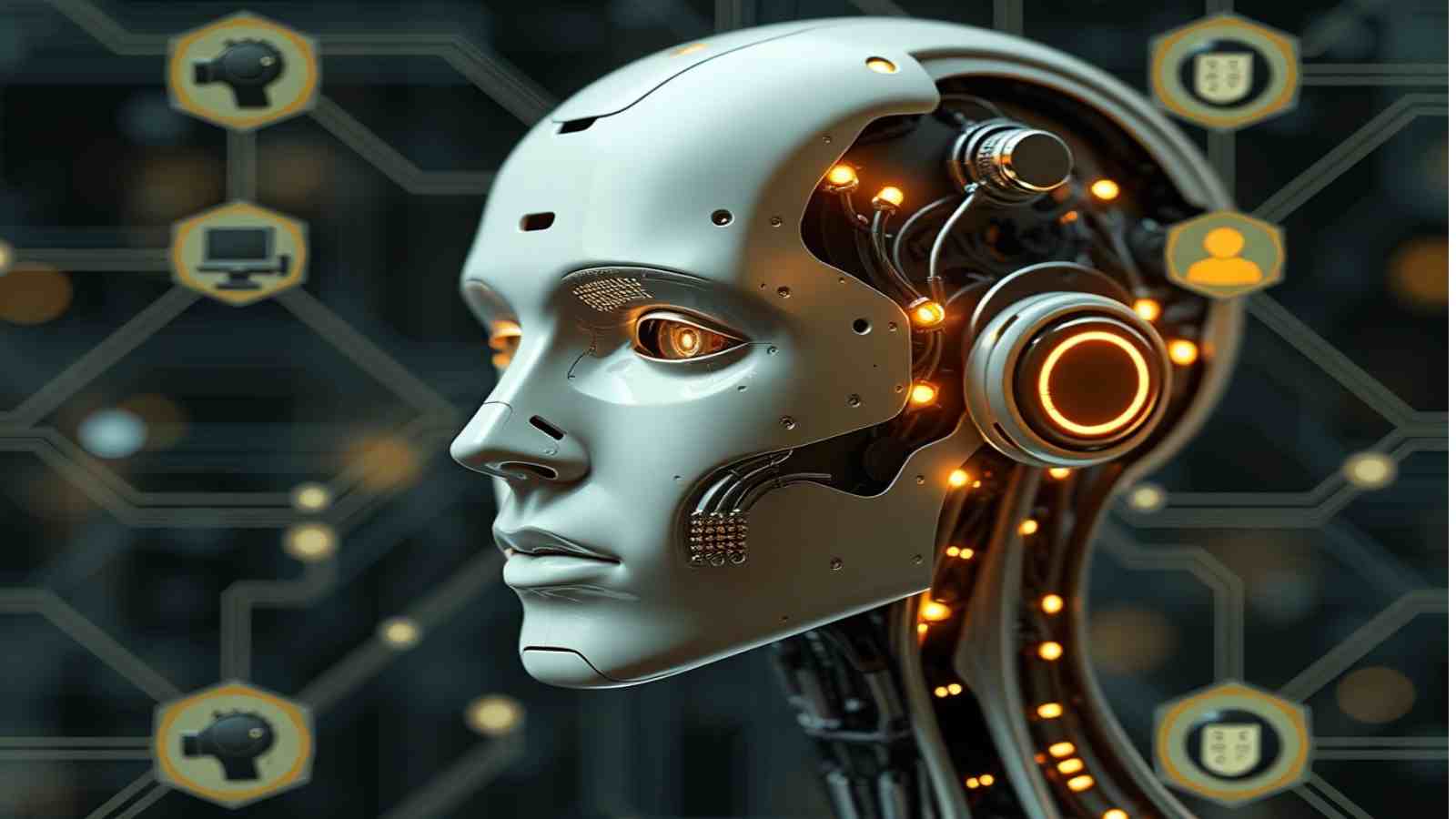The world of AI-generated art is fascinating. Here, technology and creativity intertwine to produce stunning pieces that challenge traditional notions of art and artistic processes.
What is AI Art Generation?
AI art generation involves using artificial intelligence algorithms to create artwork. This emerging field blends data science with artistic expression, offering new possibilities for both artists and viewers.
How AI Art Generators Work
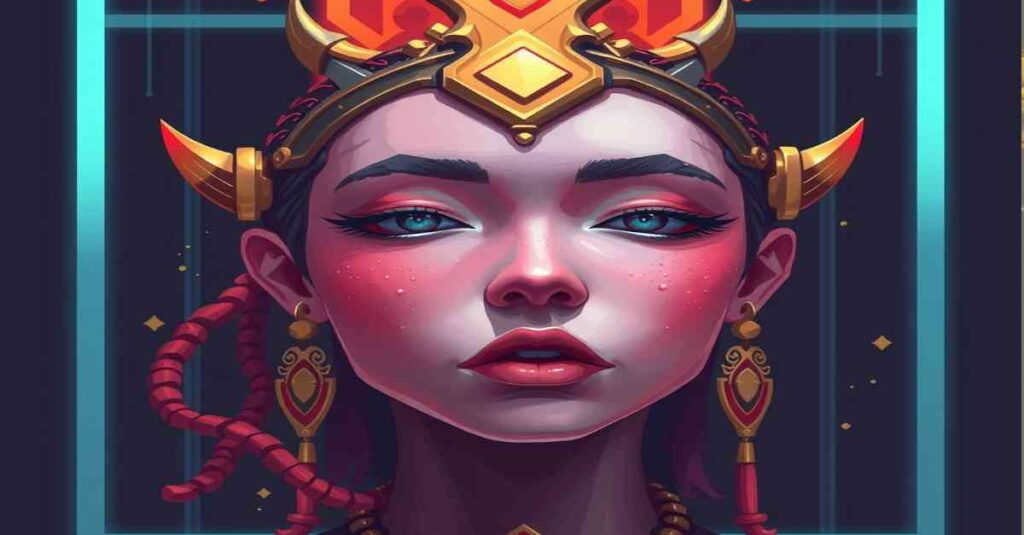
AI art generators use machine learning models, particularly neural networks, to learn from vast datasets of existing art. By recognizing patterns and styles, these algorithms can generate new, unique pieces based on specified parameters such as style, theme, color palette, and artistic elements.
Popular AI Art Tools and Platforms
DeepArt
DeepArt applies neural network algorithms to turn your photos into works of art inspired by famous artists.
Artbreeder
Artbreeder uses collaborative models to allow users to create and evolve images using simple sliders.
Runway ML
Runway ML offers AI tools that enable artists to create, manipulate, and enhance visual content.
Applications of AI-Generated Art
AI-generated art has applications in various fields, from commercial advertising to artistic endeavors. It’s used in marketing campaigns, video game design, and even as unique decorative pieces for homes and offices.
Ethical Considerations in AI Art
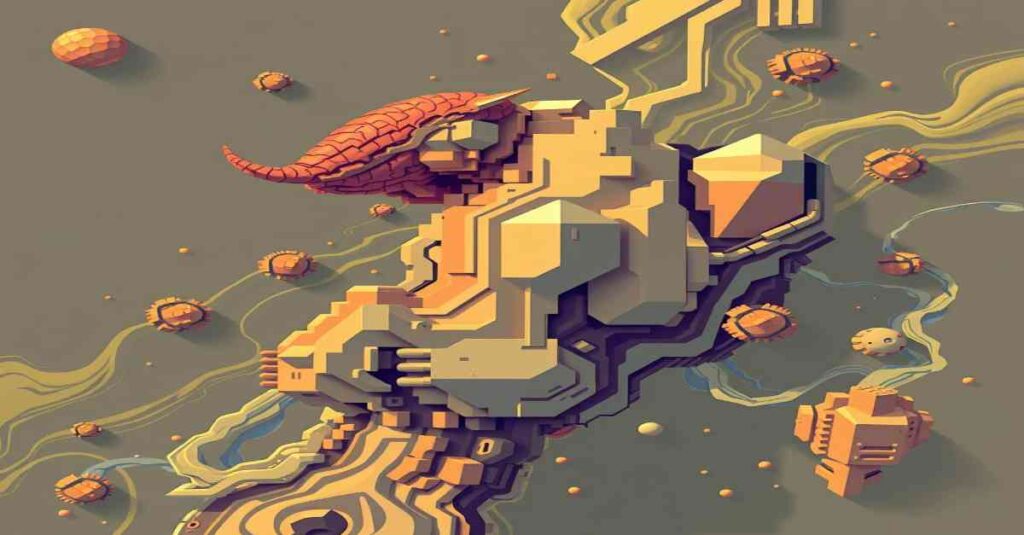
The rise of AI art raises critical ethical questions. Who owns the rights to AI-generated art? How do we attribute creativity between human input and machine output? These are complex issues that require ongoing dialogue and legal frameworks.
Comparing Traditional vs. AI Art
Traditional Art
- Created manually by human artists.
- Involves physical media like canvas, paint, and brushes.
- Reflects the artist’s direct intent, emotions, and perspective.
AI Art
- Generated using algorithms and machine learning.
- Primarily digital but can be printed on physical media.
- Reflects a combination of the programmer’s intent and the algorithm’s learning.
Future Trends in AI Art Generation
The future of AI art is promising, with trends pointing toward an even more sophisticated and personalized art generation. Expect advancements in:
- Interactivity: Interactive AI art installations that respond to viewers’ movements or inputs.
- Customization: Tailored art experiences based on individual preferences and tastes.
- Collaboration: Greater collaboration between human artists and AI, producing hybrid artworks.
Tips for Creating Your AI Art

- Choose the Right Tool: Select an AI art platform that aligns with your desired style and output.
- Experiment with Parameters: Play with different settings, such as color palettes, themes, and artistic elements, to see what resonates.
- Incorporate Personal Touches: Add your creative input to the AI-generated base to create a unique piece.
- Stay Ethical: Be mindful of copyright and attribution issues when using AI-generated art.
FAQs
What is the difference between AI-generated art and traditional art?
AI-generated art relies on algorithms and machine learning to create pieces, while traditional art is made manually by human artists using physical media. Both can express creativity, but they do so through very different processes.
Can I sell AI-generated art?
You can sell AI-generated art but understand the implications of copyright and attribution. The rights to sell such art can vary depending on the tool used and the input materials provided.
Is AI art real art?
This is a subjective question. Some argue that true art requires human emotion and intent, while others view AI-generated pieces as valid forms of artistic expression that expand our understanding of creativity.
How can I get started with AI art?
To start with AI art, choose a platform that suits your interests, experiment with different parameters, and consider incorporating your unique ideas into the creation process for personalized results.
Are there any risks associated with using AI art generators?
Potential risks include copyright infringement, ethical issues regarding authorship, and the possibility of producing art that lacks original thought. It’s essential to understand the guidelines of the platforms and respect intellectual property.
Conclusion
The impact of AI on creativity is profound and multifaceted. While AI art generators might never fully replace the nuance and emotion of human-created art, they offer exciting new avenues for exploration and expression. Whether you’re a seasoned artist or a curious novice, AI art tools can help unlock new levels of creativity and innovation.

